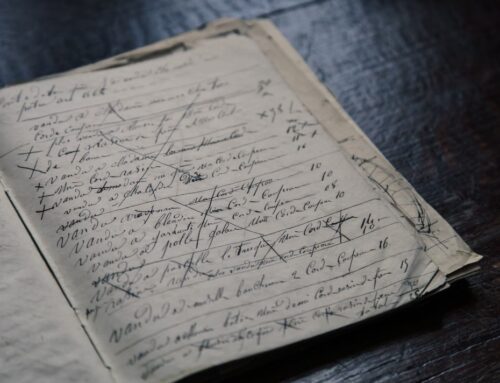How to create characters? Characterisation is the term we give to the technique of constructing a character in a story – it is used in novels, plays, and even narrative poems. Great writers can become known for their skillful characterisation – Charles Dickens, for example, is famous for his lively, complex characters such as Oliver Twist, and Pip and Miss Havisham in Great Expectations, that we know and love. This document takes you through techniques and terms used to construct character, as well as some key ideas behind character development that will allow you to write perfect character essays in literature exams, or construct your own great characters in creative writing pieces.
Take a look at our full English Language and Literature courses, including Advanced Descriptive Writing.

Writing about Characters (in essays/exams)
When analysing characters in essays, you have to see characters as a product of the writer’s imagination. Do not, I repeat, do not analyse them as if they are real people – they’re not! They’re all made by the writer to prove a point about something, to show the deeper themes and ideas of the play, and to help us warm to and engage with the story.
Think about WHY the writer made the character in that particular way. This will help you to analyse them in more depth. Also, think about HOW they are constructed – how does the writer reveal their personality and particular character traits through the following:
- Clothing / appearance
- Mannerisms
- Gestures
- The way they think
- The way they speak to others
- The way others speak about them
- Their actions and choices throughout the story
You also want to think about development in particular: Do the characters change or stay the same over the course of the story? Why?
Once you understand all of these angles and nuances of a character, you’ll be able to analyse them well and with good depth and clarity. Make sure to use the terms below with confidence and your analysis will go even deeper!
Creating Characters (in creative writing)
When writing a character, think about groups rather than individuals. How does your character fit into the story as a whole? Are they a major or minor character? Are they a foil to any of the others? If you’re not sure what these terms mean, they’re described below.
Develop a personal, individual sense of character – don’t be cliched or rely too heavily on stock characters that are obvious and generic. Also, construct your character from people you know or have met in real life, this makes them a lot more personal and believable.
When thinking of a character, make sure their speech, mannerisms, and appearance reflect their inner personality. Think about dialogue and accent, and how they behave towards others.
There are two types of characterisation: direct and indirect. Make sure to use both when writing.
Finally, try to develop a history or backstory to your character – if you know their past, you will have a better sense of how they should behave in your story.
Terms For Characters
Major – Main central character, might be more than one.
Minor – Peripheral character, someone who is not super significant in terms of the main story, but helps contribute to the action.
Static – Stays the same the whole way through the story. Doesn’t necessarily mean simple – static and dynamic characters can have a lot of tension between them. The main point of a static character is that they never change, so they never learn, adapt, or grow – either they are happy as they are, or they’re too stubborn to learn new things.
Dynamic – Changes, they undergo a process of change. These often are the main characters of a story, particularly in certain genres such as a coming of age novel or bildungsroman. Dynamic characters grow, develop, learn, and adapt – as they do this, often the reader or audience will undergo a similar process of discovery and change.
Foil – Behaves or believes very different things from the main characters. The point is to emphasise the different personalities and beliefs. Often a foil will be a polar opposite from an important character – like Macduff is a foil to Macbeth because he is kind and goodhearted, so he highlights Macbeth’s selfishness and evil by being so different from him.
Direct characterisation – The writer literally tells us how the character is. E.g. Tom is a young man of 12.
Indirect characterisation – Where the character traits are revealed through other things going on. E.g. speech, behaviour, appearance. What do these imply about the character?
Caricature – An exaggerated character or figure, where the features (either physical or psychological) are amplified – usually to produce a comic effect.
Stock Character – A character that represents a certain stereotype which we know well in society. We already recognise and expect certain things from this type of character before we know them well. These characters can be based on clichés and social prejudices, or they can be comic characters that we already know and love. Here are some examples:
- The helpless princess / fair maiden who is trapped and needs saving
- The knight in shining armour or handsome prince who is brave and good
- The sweet, innocent, and naive young boy
- The evil stepmother
- The dumb blonde
- The loyal servant
- The rich and selfish man
You can play around with these stock characters and audience expectation to create a variety of effects, from humour to horror. When analysing them, make sure to understand the context and tradition of the writer – for example, Shakespeare often uses stock characters from the Italian Commedia Dell’Arte comic theatre.
Thanks for reading! If you’d like to take a look at our full English Language and Literature courses, you can see them here.
Also, check out our section on Writing Skills where you can find more tips and tricks on how to better your writing!












